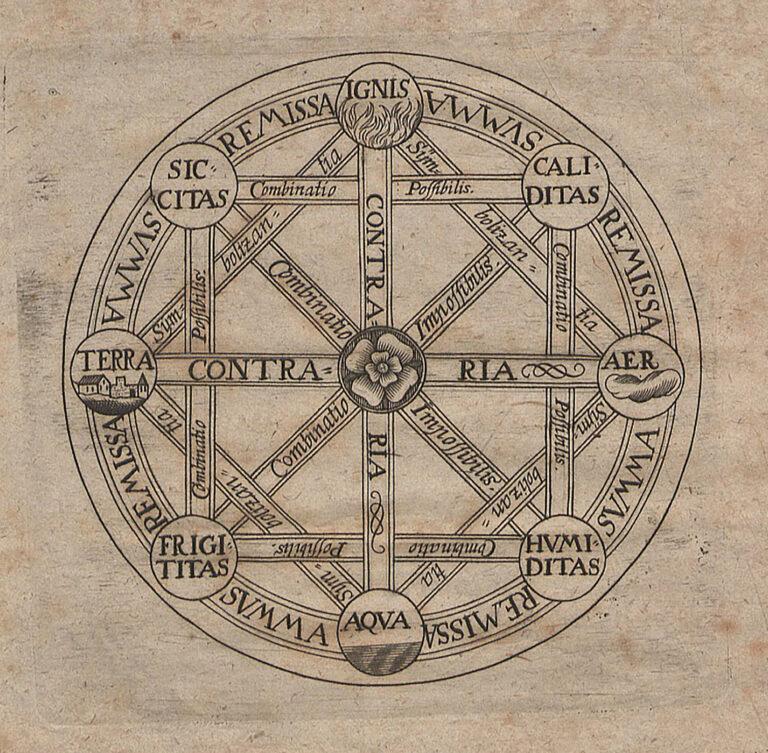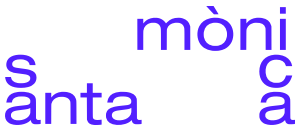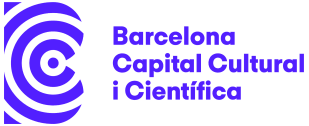'Workshop'
June 12th
Workshop – “Ars Combinatoria” and the emergence of Metatextuality

Inscriptions open: https://kenes.eventsair.com/isea2022/workshop7
- Abstract: This workshop traces the evolution of ‘Ars Combinatoria’ from the perspective of its cultural histories manifested in various visual arts, music, writing, and design combinatory systems.
Syllabaries and the alphabet are systems designed to synthesize written propositions, but the first text that can be considered as using combinatorial principles was the I-Ching with its binary-based language.
In the 13th century, Ramon Lull produced a series of concentric movable wheels considered to be the first textual sentential machines. Lull was read by Giordano Bruno, in the 16th century, and both were later read by Leibniz, inspiring his Dissertatio de Arte Combinatoria.
The ancient pattern poetry, the literary methods of Mallarmé, the typographic works of Tristan Tzara, the puns and language games of Lewis Carrol, the portmanteau words of James Joyce, the potential literature of the French group Oulipo, or the cut-ups of William Burroughs, can trace a literary history of Ars Combinatoria. Wassily Kandinsky and Paul Klee have developed generative processes for their creative and teaching strategies. Klee’s pedagogical notebooks provide designed diagrams on visual combinatorial principles.
All those historical procedures have been re-conceived as elements of an evolutive process since the emergence of the computer as a semiotic machine, able to recombine signs through mathematical algorithms. This computational writing methodology proposes creative dialogues between the manifested linguistic structures and the possible modifications they can introduce through algorithms specially designed to work as machinic, digital, and/or net-based authors.
The interconnection between the meta-authored text and the resulting work could be analyzed through a form of genealogy. How does the original project resurface visually and/or conceptually in the final product? The meta-discourse may reappear as an index, but sometimes it is wholly precluded. Then, the outcome does not reveal its genetic diagram which could remain secret, lost, or inaccessible.
- Biography: Since the seventies, Artur Matuck has been a writer, artist, and scholar, researching and teaching New Media, Art History, and Philosophy of Science. As a Fulbright scholar, he completed a Master’s in Journalism at the University of Iowa (1978) and an MFA at UC San Diego (1981). He started teaching, in Brazil, at the University of São Paulo (1984). He conceived the Reflux Project (1991-92), interconnecting Carnegie Mellon University, the São Paulo Biennial, and participating artists from all over the world. He founded the Colabor Center for Digital Languages and conducted the International Acta Media Symposium at USP (2003-2016). In the US, he was invited to teach a graduate seminar on ‘Ars Combinatoria’ at Virginia Commonwealth University (2009). Later, at USP, he launched the Alterscience Research Project (2020). Professor Matuck has been continuously involved with Media Theory, Cultural and Science Studies, Contemporary Arts and Performance in Brazil, USA, Canada, France, and Spain.
Jeane Cooper is a multidisciplinary researcher and educator currently teaching Graphic Design at the University of North Georgia, USA. She holds an MFA in Graphic Design and an MA in Art History from Louisiana State University. At present, she is a Ph.D. candidate in the Postgraduate Interunit Program in Aesthetics and Art History at the University of São Paulo, Brazil. Her research interests involve cultural analytics, computational writing, information visualization, new media arts, and web-based art and writing. She is presently a member of the Research Group on Alterscience and Intercommunication affiliated with the University of São Paulo.
Venue
- CCCB
Montalegre, 5 - 08001 Barcelona
⟵ Return to 'Workshop'





